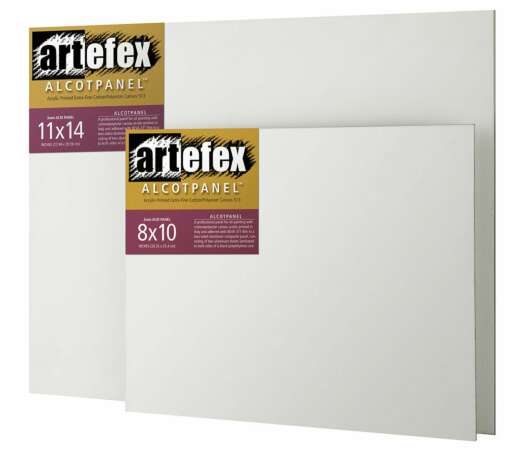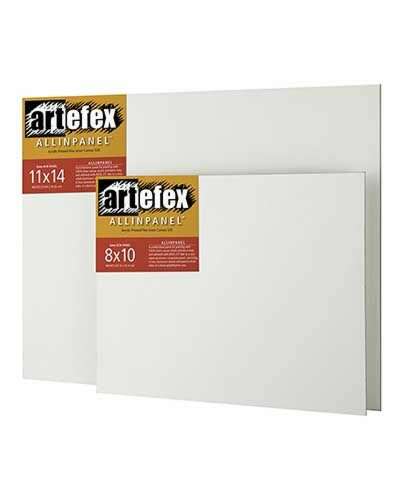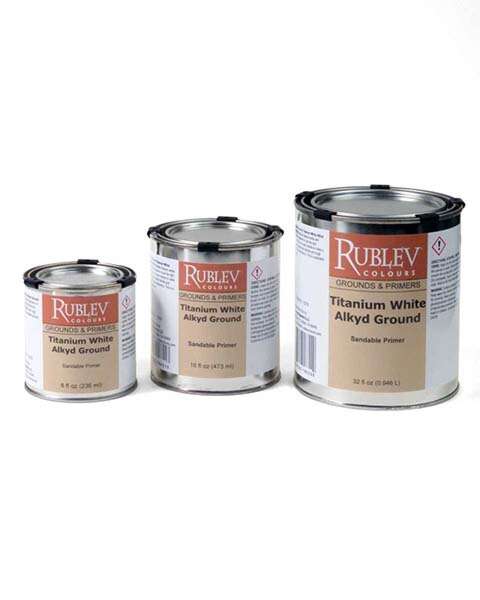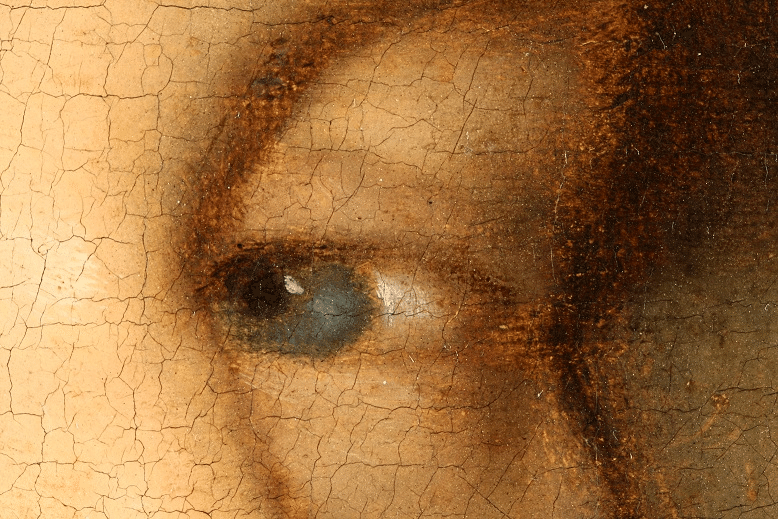
Although the majority of paintings today are painted on canvas, it is not the best choice for painting—in fact, they lead to cracking early in the life of a painting.
For over a hundred years, most of the causes of cracking have been explored: humidity and temperature, expansion and contraction, stress, and paint embrittlement. The symptoms were obvious—cracking and paint loss—but the causes were not clearly understood. In 1982, Marion Mecklenburg and other scientists at the Smithsonian Institute reported the first systematic explanation of painting mechanics, especially that of canvas paintings, while other researchers at the Canadian Conservation Institute (CCI) soon followed.

The crack patterns on this painting show various problems typical of stretched textile supports, such as low profile stretcher bars, re-tensioning, loss of mechanical strength, cycles of relative humidity (RH), and shock and vibration.
Canvas is hygroscopic, which readily absorbs and releases moisture from the environment. As humidity in the air changes, the canvas absorbs and releases moisture to maintain equilibrium. Canvas swells and contracts at different rates than paint layers, producing mechanical stress on paint as the environment changes. (The environment constantly changes due to temperature and relative humidity changes.) Although these changes may appear small, they place much stress on paint over time, leading to cracking, cupping, and paint loss.

This canvas shows a “spider” crack pattern usually caused by poking a brittle painting on canvas.
Canvas is a very flexible material that is also biaxial, so it expands and contracts at different rates according to its axes—the weft and warp direction of the yarns. On the other hand, the layers in paintings that carry most of the tension (varnish, paint, ground, and size) are composed of amorphous or semi-amorphous polymers that are much less flexible and expand and contract to a much lesser degree and equally in all directions. These stiffer materials are subjected to much stress as the canvas expands and contracts, resulting in cracks and, finally, loss of adhesion and cupping (illustrated by the animation). Shock and vibration, low temperature, low humidity, high pigmentation, and aging increase the stiffness and the likelihood of cracking these layers.
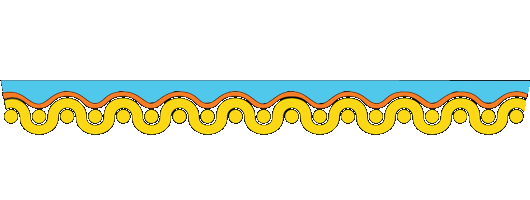
Canvas expands and contracts with changes in relative humidity, causing cracks and cupping in the paint layer.
Paintings on rigid supports (wood, stone, and metal) with lower response to environmental changes, such as relative humidity, are preserved for extended periods because the support does not induce as much stress on the paint film. Cracks on canvas paintings are predictable, and museum conservators can predict the appearance of such cracks through mathematical modelings, such as those appearing in the paintings above, where even changes in crack patterns appear above the location of stretcher bars than over other areas of the canvas.
For this reason, artists concerned about their work’s posterity should choose rigid materials as supports because this choice will lead to a better outcome for their paintings.
This is the topic of the entire first day of the Painting Best Practices workshop and one of many subjects explored in detail at the three-day workshop. Learn more about the Painting Best Practices.
Alternatives to Stretched Canvas
ACM stands for Aluminum Composite Material. It is a type of building material that consists of two aluminum sheets sandwiching a core of plastic or mineral-filled material. The aluminum sheets are bonded to the core through a process called thermobonding, which uses heat and pressure to fuse the layers together. ACM is a versatile and cost-effective material that is commonly used in the construction industry for cladding buildings, creating signs, and as a painting support for fine art, among other applications.
Why Aluminum Composite Materials (ACM) Panels are Some of the Best Supports for Painting
ACM (Aluminum Composite Material) panels have several advantages over stretched canvas as a support for artwork:
-
Durability: ACM panels are made from a combination of aluminum and plastic, making them more resistant to warping, cracking, and fading compared to stretched canvas. They are also more durable in extreme temperatures and humidity, making them suitable even for outdoor or high-traffic areas.
-
Flatness: ACM panels have a smooth and flat surface, which can be important for precise painting techniques or for reproducing fine details. It allows for an even paint application and a consistent surface to work on.
-
Lightweight: ACM panels are lightweight and easy to handle, making them suitable for large-scale works or for artists who need to move their paintings frequently.
Versatility: ACM panels are versatile and can be used for a variety of painting techniques, including oil, acrylic, and even digital printing. They are also suitable for mixed media and collage work.
-
Cost-effective: ACM panels are often more cost-effective than stretched canvas, especially for large-scale works. They are also a good choice for artists who are looking for a sustainable and eco-friendly option.
In summary, ACM panels are a great alternative to stretched canvas for artists looking for a durable, lightweight, and versatile painting support that is also cost-effective and eco-friendly.
Alternative to Wood Panels
Compared to wood panels, ACM panels offer a superior support for painting and mounting because ACM panels are virtually unaffected by environmental changes, such as relative humidity (RH) and temperature. ACM panels offer professionals a durable support for painting when primed with water- or oil-based primers or for mounting canvas and paper. This weather-resistant panel is ideal for a wide range of paint mediums (depending on the surface preparation) and mounting applications, including:
- Acrylic
- Drawing, i.e., charcoal, ink, and silverpoint
- Encaustic and wax
- Oil and alkyd
- Tempera, i.e., casein, egg, hide glue (distemper)
- Watercolor and gouache
- Mounting canvas and paper
What are Artefex ACM Panels?
Artefex ACM Panels are made using lightweight but rigid and durable aluminum composite material—two thin sheets of aluminum bonded to a solid polyethylene core. The aluminum veneers are coated with a white polyester finish. Artefex ACM Panels are 3 mm thick and are available in standard sizes from 8 x 10 to 20 x 24 inches. Weather-resistant Artefex ACM Panels are ideal for a wide range of paint mediums.
Wide Selection of Surfaces
Choose from unprimed panels, panels primed with acrylic, oil, and absorbent grounds, and panels mounted with linen or cotton canvas primed with oil or acrylic grounds. The wide range provides a panel for any medium and artwork.
Which Panel is Best for your Art
The panel comparison chart is a good starting point if you are unsure which Artefex panel to use. It cross-references mediums to the type of panel we recommend. The last six columns describe two essential properties, the absorbency and texture of the surface preparation.






